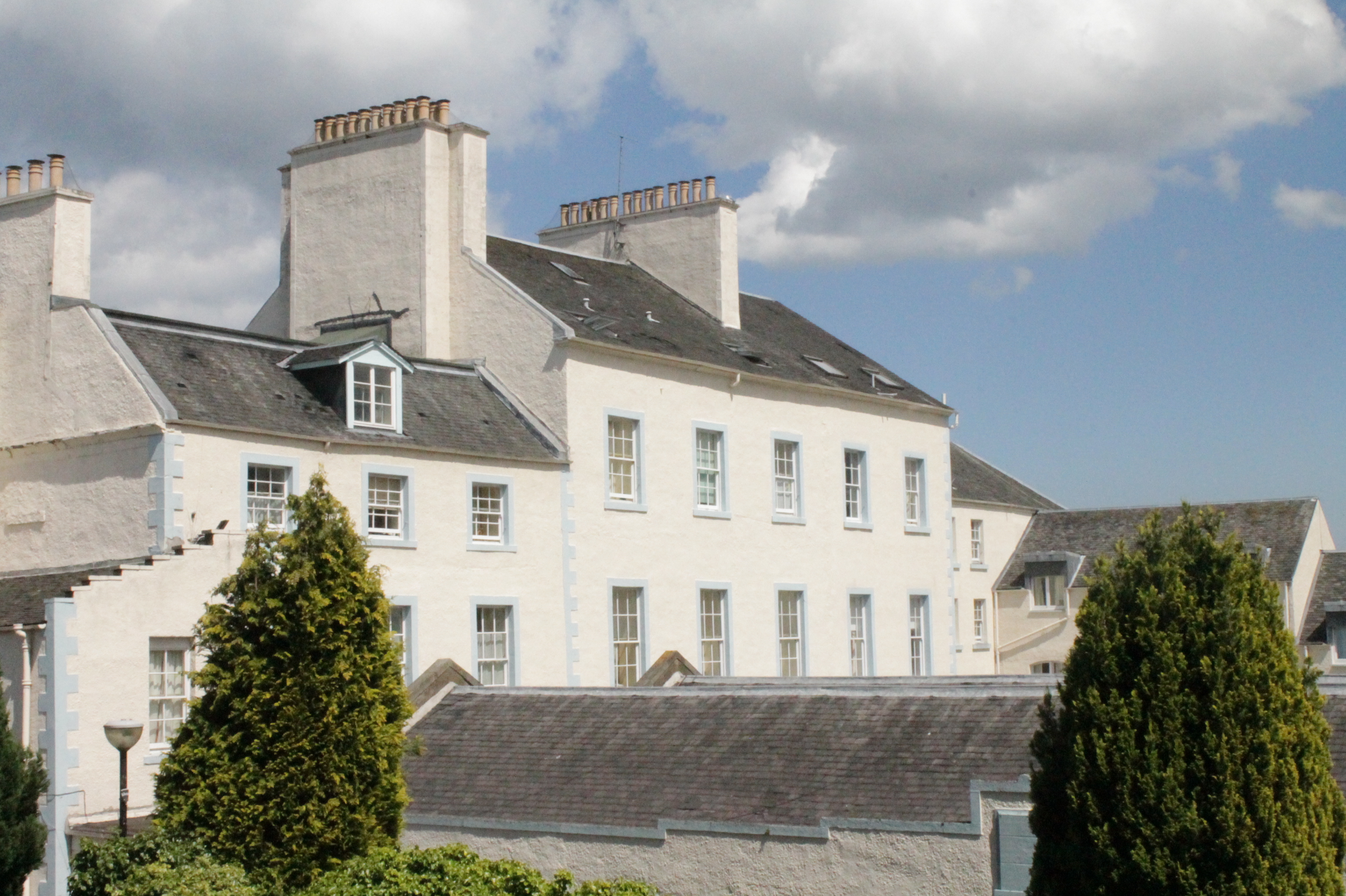William Bannatyne, Lord Bannatyne on:
[Wikipedia]
[Google]
[Amazon]
 Sir William Macleod Bannatyne, Lord Bannatyne FRSE (26 January 1743 – 30 November 1833) was a distinguished Scottish advocate, judge, antiquarian and historian.
Sir William Macleod Bannatyne, Lord Bannatyne FRSE (26 January 1743 – 30 November 1833) was a distinguished Scottish advocate, judge, antiquarian and historian.
 The son of Mr. Roderick Macleod WS and Isabel Bannantyne, daughter of Hector Bannatyne of Kames. He received a liberal education, including a period at the
The son of Mr. Roderick Macleod WS and Isabel Bannantyne, daughter of Hector Bannatyne of Kames. He received a liberal education, including a period at the
 Sir William Macleod Bannatyne, Lord Bannatyne FRSE (26 January 1743 – 30 November 1833) was a distinguished Scottish advocate, judge, antiquarian and historian.
Sir William Macleod Bannatyne, Lord Bannatyne FRSE (26 January 1743 – 30 November 1833) was a distinguished Scottish advocate, judge, antiquarian and historian.
Life
 The son of Mr. Roderick Macleod WS and Isabel Bannantyne, daughter of Hector Bannatyne of Kames. He received a liberal education, including a period at the
The son of Mr. Roderick Macleod WS and Isabel Bannantyne, daughter of Hector Bannatyne of Kames. He received a liberal education, including a period at the High School of Edinburgh
The Royal High School (RHS) of Edinburgh is a co-educational school administered by the City of Edinburgh Council. The school was founded in 1128 and is one of the oldest schools in Scotland. It serves 1,200 pupils drawn from four feeder primar ...
(1755-6), and was admitted advocate, 22 January 1765. At this time he lived near the head of Craig's Close on the north side of the Royal Mile in Edinburgh, close to the Law Courts.
He was appointed Sheriff of Bute in 1776. On the death of Lord Swinton, in 1799, he was promoted to the bench as a Senator of the College of Justice, and took his seat as Lord Bannatyne.
Among his intimate friends were Henry Mackenzie
Henry Mackenzie FRSE (August 1745 – 14 January 1831, born and died in Edinburgh) was a Scottish lawyer, novelist and writer sometimes seen as the Addison of the North. While remembered mostly as an author, his main income came from legal rol ...
, Robert Cullen, William Craig, Hugh Blair
Hugh Blair FRSE (7 April 1718 – 27 December 1800) was a Scottish minister of religion, author and rhetorician, considered one of the first great theorists of written discourse.
As a minister of the Church of Scotland, and occupant of the ...
, Erskine and Alexander Abercromby. He was a contibutor to both the ''Mirror'' and ''Lounger'' magazines, at the end of the eighteenth century.
In 1784 he was a co-founder of the Highland Society.
He assumed the surname of Bannatyne when he succeeded, through his mother to the estate of Kames in the Isle of Bute
The Isle of Bute ( sco, Buit; gd, Eilean Bhòid or '), known as Bute (), is an island in the Firth of Clyde in Scotland, United Kingdom. It is divided into highland and lowland areas by the Highland Boundary Fault.
Formerly a constituent is ...
. He extended Kames Castle by the addition of a fine mansion house in the early eighteenth century. He sold the Kames estate in 1812 to James Hamilton, and moved to Edinburgh.
He retired in 1823, when he was knighted and also became a member of the Bannatyne Club The Bannatyne Club, named in honour of George Bannatyne and his famous anthology of Scots literature the Bannatyne Manuscript, was a text publication society founded by Sir Walter Scott to print rare works of Scottish interest, whether in history ...
in the same year. He died at his home, Whitefoord House on the Canongate section of the Royal Mile in Edinburgh in 1833. He is buried in Greyfriars Kirkyard
Greyfriars Kirkyard is the graveyard surrounding Greyfriars Kirk in Edinburgh, Scotland. It is located at the southern edge of the Old Town, adjacent to George Heriot's School. Burials have been taking place since the late 16th century, and a num ...
in the centre of Edinburgh.
He collected a library of historical, genealogical, and antiquarian works, and at its sale in 1834, a set of the Bannatyne publications was purchased for Sir John Hay, Baronet of Smithfield and Haystown, for one hundred and sixty-eight pounds sterling.
See also
* Bannatyne manuscript (Clan MacLeod), attributed to William Bannatyne, Lord BannatyneReferences
* * * {{DEFAULTSORT:Banntyne, William M 1743 births 1833 deaths Lawyers from Edinburgh People educated at the Royal High School, Edinburgh Members of the Faculty of Advocates Bannatyne Scottish knights 18th-century Scottish judges 19th-century Scottish judges 18th-century Scottish historians 19th-century Scottish historians Scottish antiquarians Scottish sheriffs Founder Fellows of the Royal Society of Edinburgh Burials at Greyfriars Kirkyard